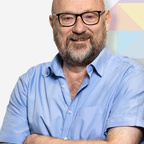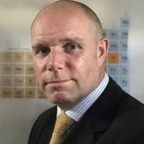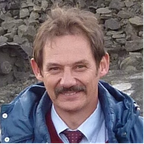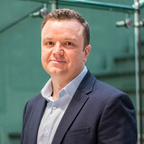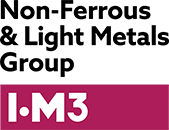Titanium Circular Production Webinar
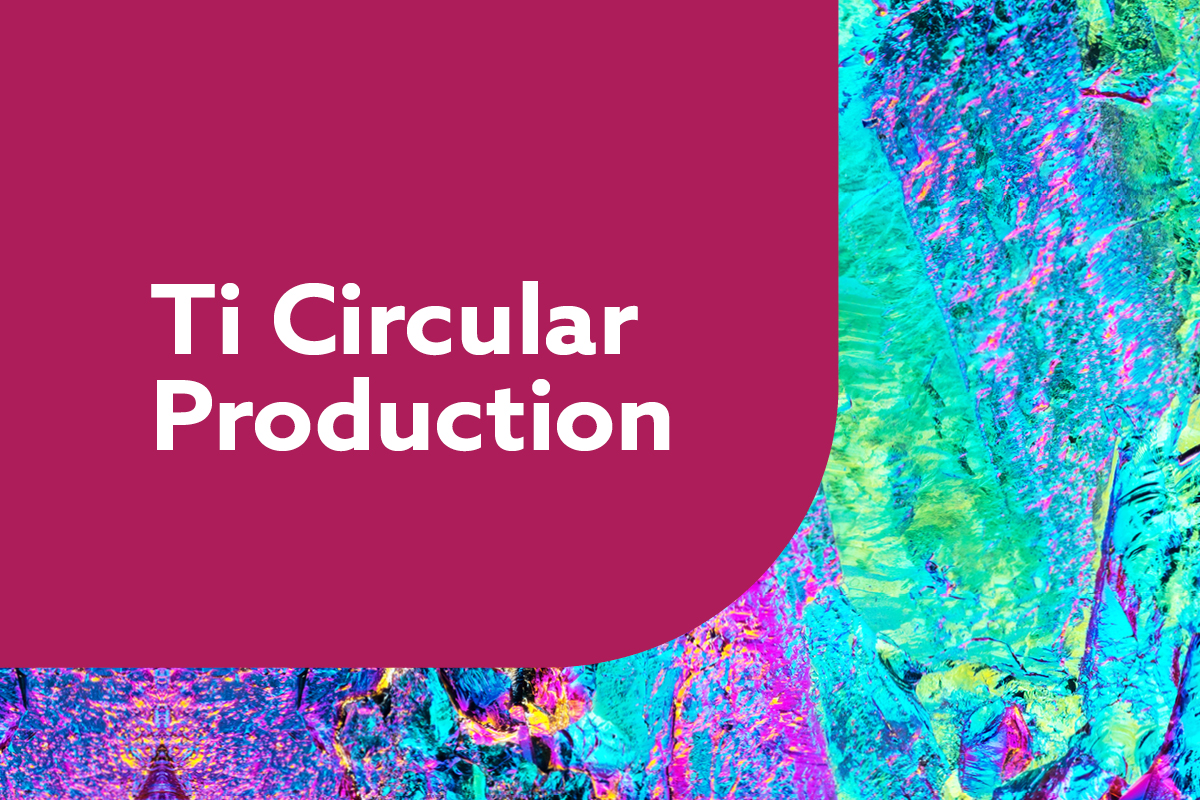
This webinar will explore innovative approaches to titanium production, emphasising sustainable and circular methodologies. Attendees will gain insights into cutting-edge manufacturing technologies, novel powder production methods, and mining perspectives.
What to expect:
- Expert presentations from leading figures in titanium research and industry
- Case studies showcasing advancements in titanium production
- Q&As to foster interactive dialogue
Agenda Overview |
| 12:00 | Start of Webinar |
| 12:00 |
|
| 12:05 | Solid-State Transformative Manufacturing Technologies for Titanium Prof Brad Wynne, Director, The Advanced Forming Research Centre, The University of Strathclyde |
12:30 |
Novel and Emerging Routes for Titanium Powder Production Dr Ian Mellor, Managing Director, Metalysis Ltd |
12:55 |
African Titanium Mining Andrew Birtles, Director, ANB Mining Ltd |
| 13:20 | Closing Dr Cheryll Pitt, Chair of the IOM3 Non-Ferrous & Light Metals Group |
| 13:30 | Close of event |
|
|
We will hear from |
Abstracts:Brad Wynne - Solid-State Transformative Manufacturing Technologies for TitaniumHigh value engineering components, such as those based on titanium used in aerospace applications, are produced from their metallic ores through energy intensive reduction and alloying processes. They are then converted to state-of-the-art components by subjecting the material to energy intensive complex non-linear thermo-mechanical processing that results in heterogeneous microstructure, non-uniform mechanical properties, part distortion and residual stress. This necessitates significantly larger dimensions than the final geometry to be manufactured before over 70% of the material is machined away to gain the final required shape of the component and retain the ‘optimum’ microstructure and property set necessary for in-service performance.
Ian Mellor - Novel and Emerging Routes for Titanium Powder Production
As the adoption of components fabricated via titanium powder metallurgy (PM) techniques becomes more prevalent, and projected to increase at a substantial rate, there is a necessity to increase titanium powder production capacity from the current annual level. A well-documented barrier restricting implementation, is the inherently high cost and environmental footprint associated with the feedstock. The scope of this presentation is to provide an insight of both established and novel methods of titanium powder production, to satisfy this growing demand.
Andrew Birtles - African Titanium Mining
Assessment of the global production of Titanium, and how southern and eastern African mining operations contribute to the global picture.
|


